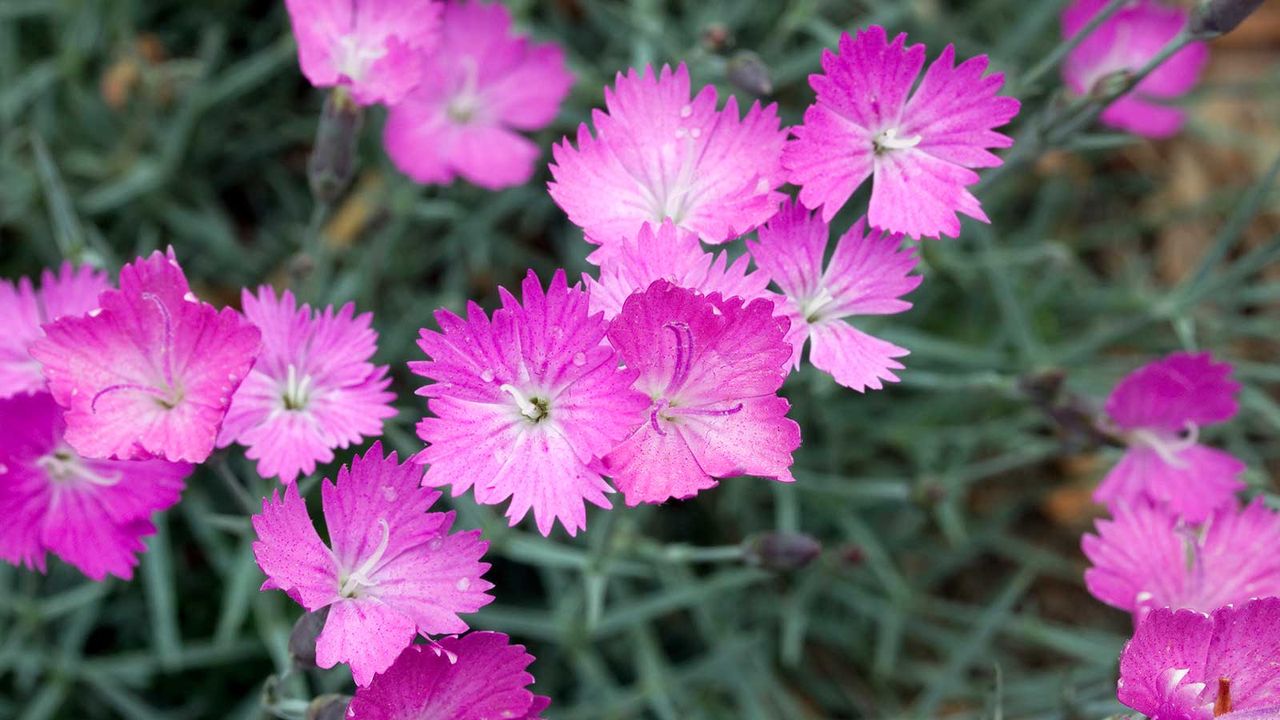
Ground cover plants shouldn't be overlooked when planning a backyard. By covering patches of bare soil, they help bring a space together, creating a tapestry of textures and colors, all while keeping weeds at bay.
There are plenty of ground cover plants to choose from, including underrated options and ones that attract hummingbirds. But, if you really want to elevate the sensory experience of your space, it's worth adding a few perfumed picks to your list.
Below, you'll find five fragrant plants recommended by gardening experts for your ground cover needs. All have pretty flowers, and, if planted in the right spot, are easy to look after, too.
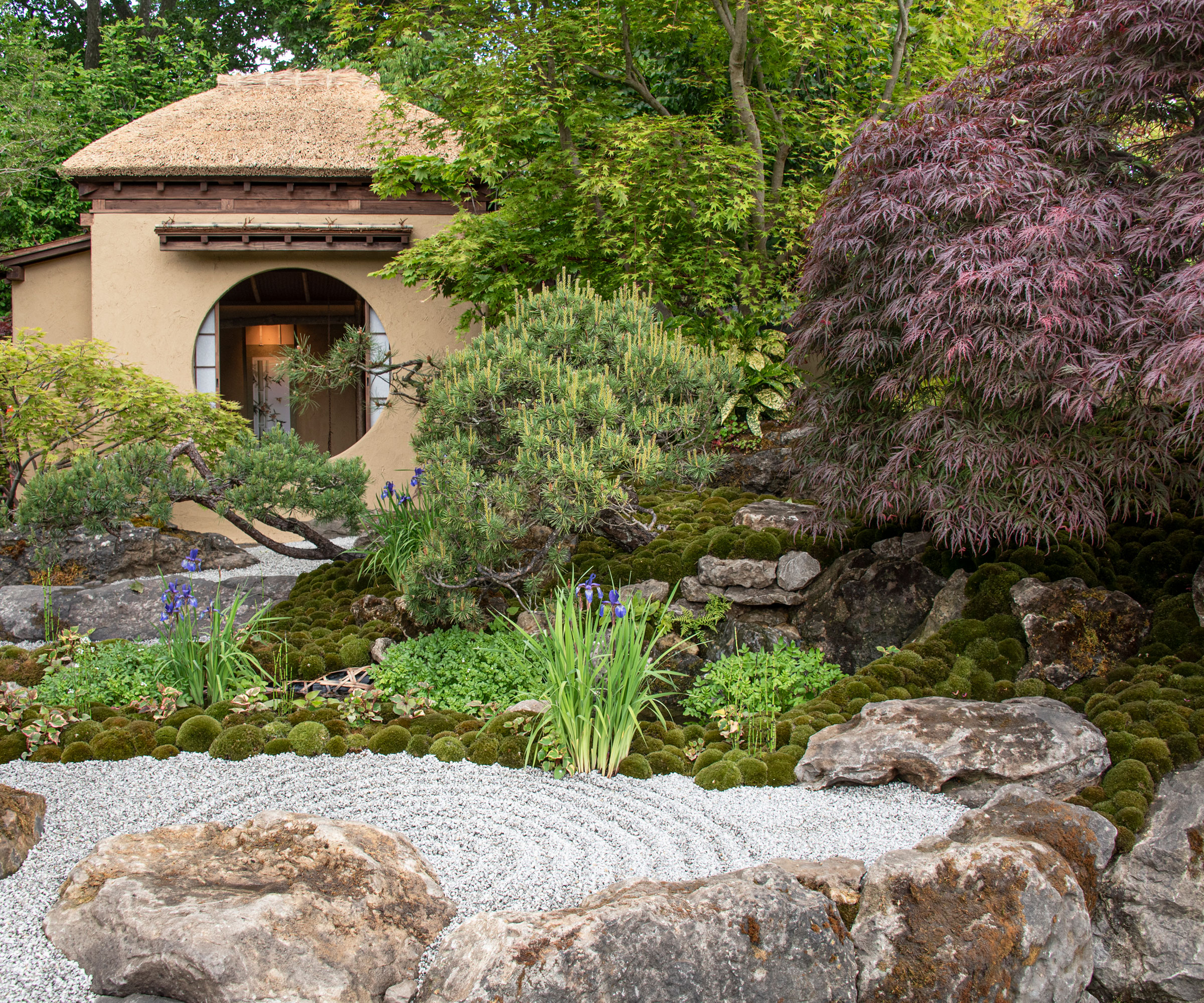
5 best fragrant ground cover plants
I love these perfumed floral picks for transforming borders in the backyard. Afterall, who wouldn't want to fill empty soil with scented low-growing plants?
1. Creeping thyme
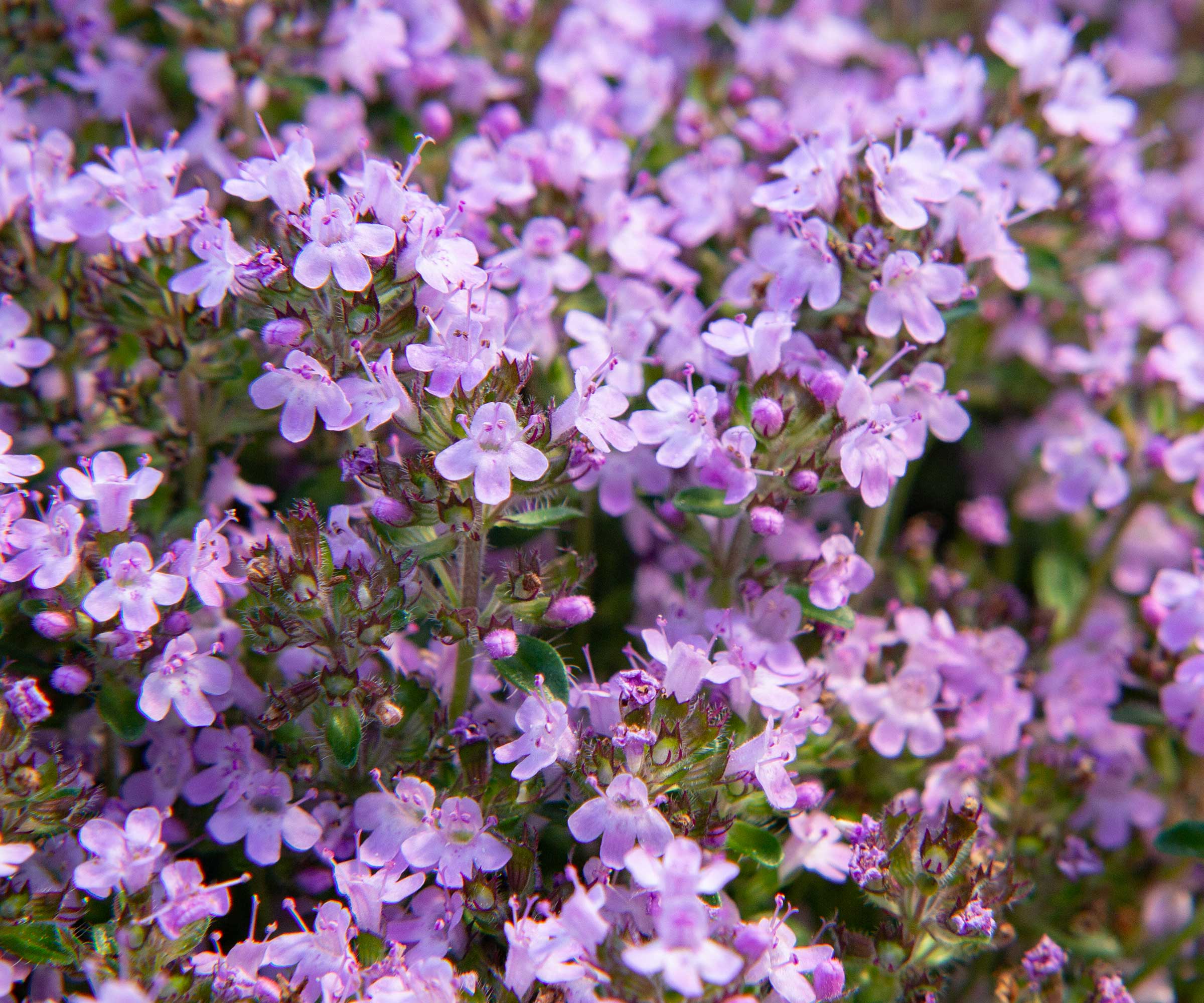
Creeping thyme (Thymus serpyllum) is an excellent ground cover choice, being drought-tolerant, easy to maintain, and emitting a pleasant, herbal scent.
Justin Hancock of Costa Farms and horticulturist Gail Pabst both recommend it, highlighting its resistance to deer and rabbits, and attractiveness to pollinators.
'In mild-winter areas, it can be evergreen, but in northern landscapes it tends to be deciduous,' says Justin. 'Individual plants can spread more than a foot wide over time, but tend to top out around three inches tall. It’s generally hardy in Zones 4-8 and grows best in full, all-day sun.'
It is often used in low-maintenance landscapes between pavers, tucked in stone walls, and other locations where its silvery-green foliage and pink flowers can be enjoyed, Justin adds. You can even grow a creeping thyme lawn, which has numerous benefits.
Creeping thyme seeds are available from Amazon.
2. Creeping rosemary
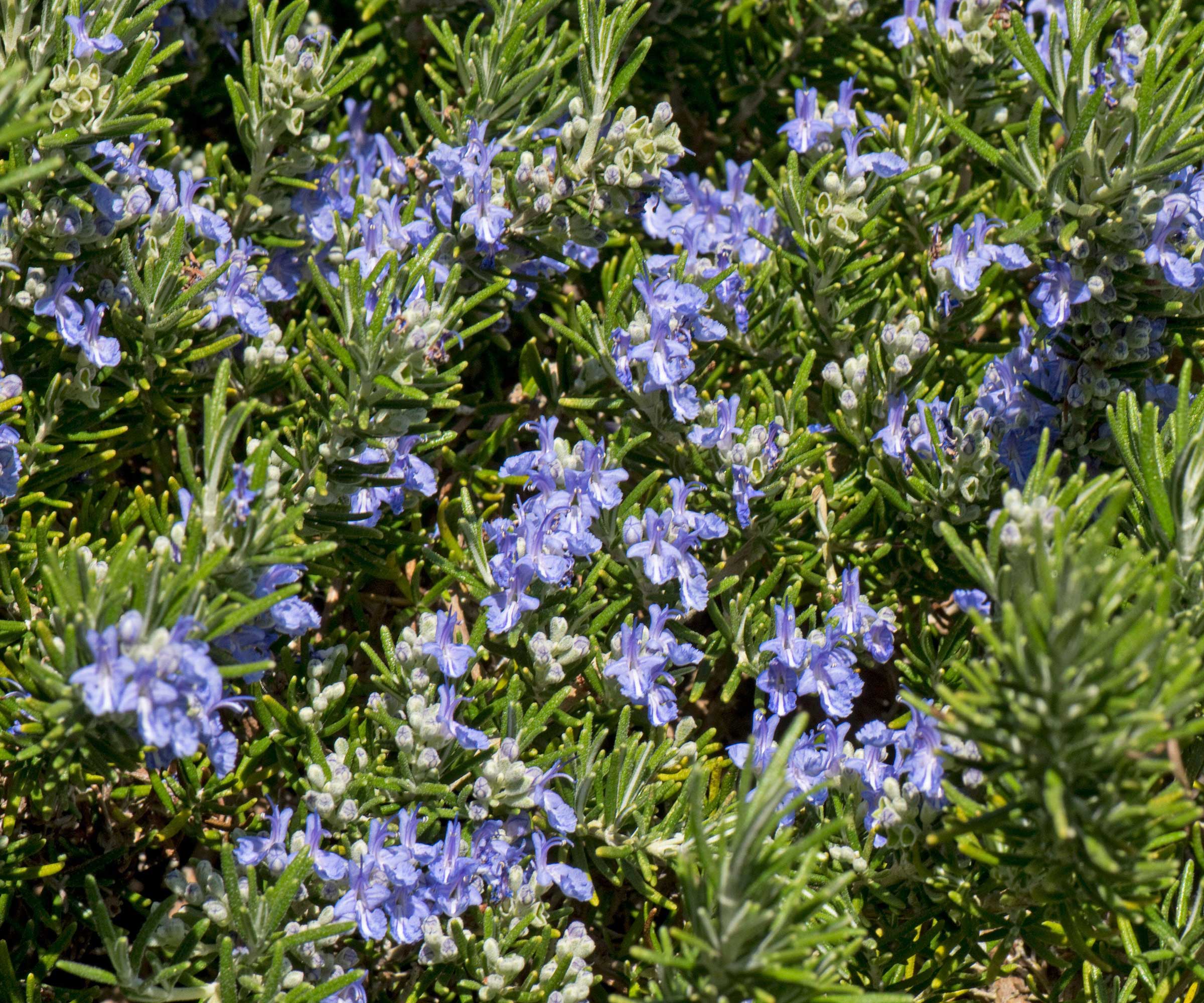
Justin also adds creeping rosemary (Salvia rosmarinus prostratus) to our list. This plant, he explains, is a low-growing form of common rosemary, offering the same fragrant, needle-like foliage, but in a spreading form (it typically gets about a foot or so tall and can spread several feet across).
'It’s drought-tolerant, deer- and rabbit-resistant, and useful for cooking,' Justin continues.
'As a perennial, it grows in Zones 8-10, but in cooler areas, you can enjoy its beauty and scent as an annual ground cover.
It produces lavender-blue flowers in spring; these flowers attract butterflies and hummingbirds. It does best in full sun and well-draining soil.'
Creeping rosemary plants are available to buy from Nature Hills.
3. Firewitch dianthus
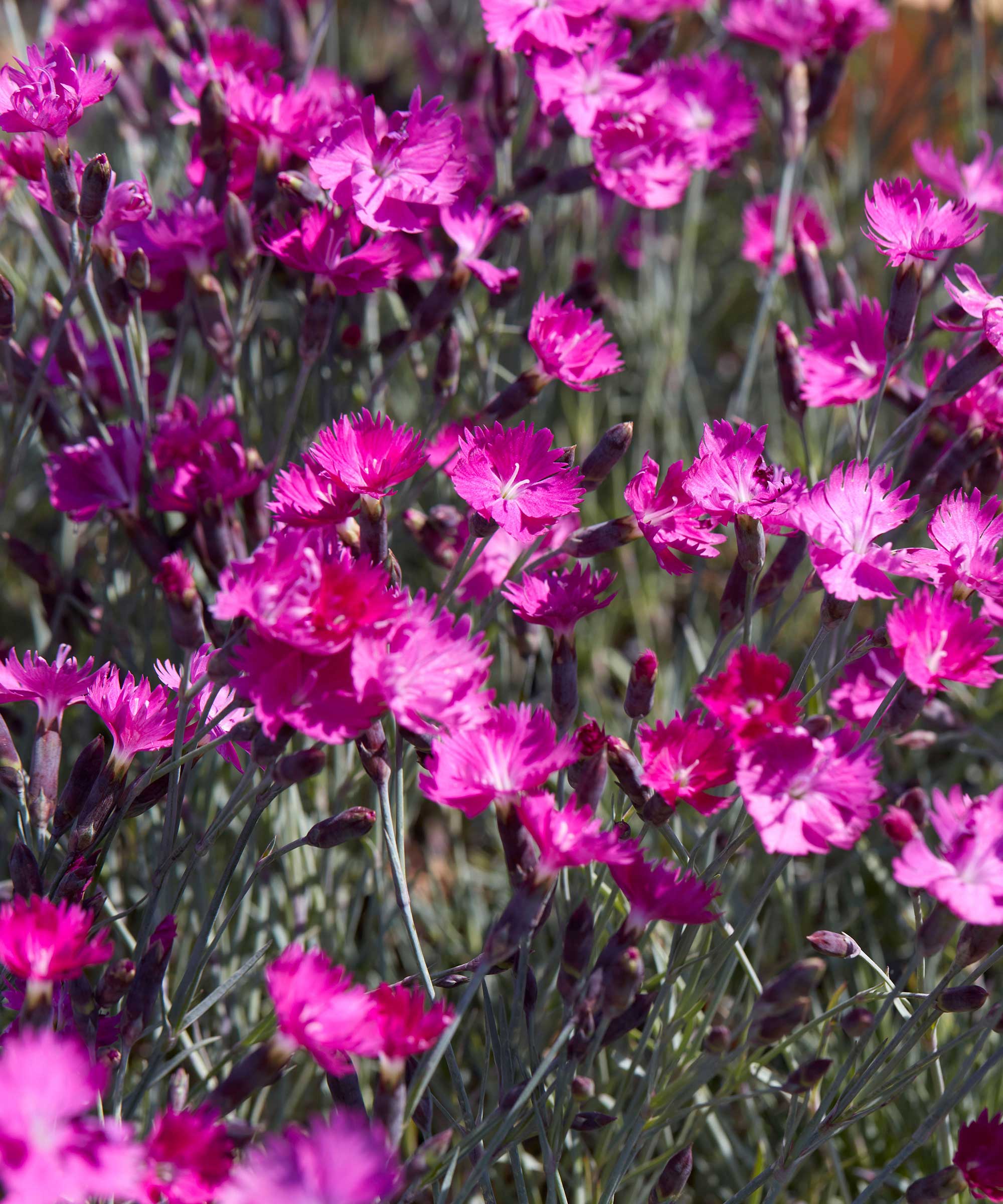
Firewitch dianthus (Dianthus "Feuerhexe") offers lovely, silvery-blue foliage that’s topped by spicy-scented pink flowers in late spring, says Justin.
It's not a fan of wet, heavy clay soil, he notes – instead, plant it somewhere that's well-draining and sunny. 'It doesn’t spread as quickly as other, more traditional ground covers, growing about six inches tall and 12 inches wide, so it’s a great choice for small spaces.' It's hardy in Zones 3-8.
These pretty bloomers are also a good match for container growing. You can buy firewitch dianthus plants from Nature Hills.
4. Nepeta

With its silvery, aromatic leaves and purple-blue blooms, nepeta, or cat mint, is well-suited to Mediterranean-style gardens, cottage gardens, and modern schemes alike.
Nikki Bruner of Perfect Plants Nursery recommends the 'Walkers Low' variety, which spreads up to three feet wide. Alternatively, try ‘Purple Haze’, suggested by Chuck Pavlich, director of new product development with Terra Nova Nurseries. 'Unlike many other perennials, it maintains a clean, tidy habit throughout the season, requiring virtually no maintenance, which makes it especially appealing for low-effort landscapes,' he says.
Plant nepeta somewhere sunny, with well-draining soil. By pruning it correctly, you can encourage more blooms throughout the season.
Live Nepeta plants are available via Amazon.
5. Sweet woodruff
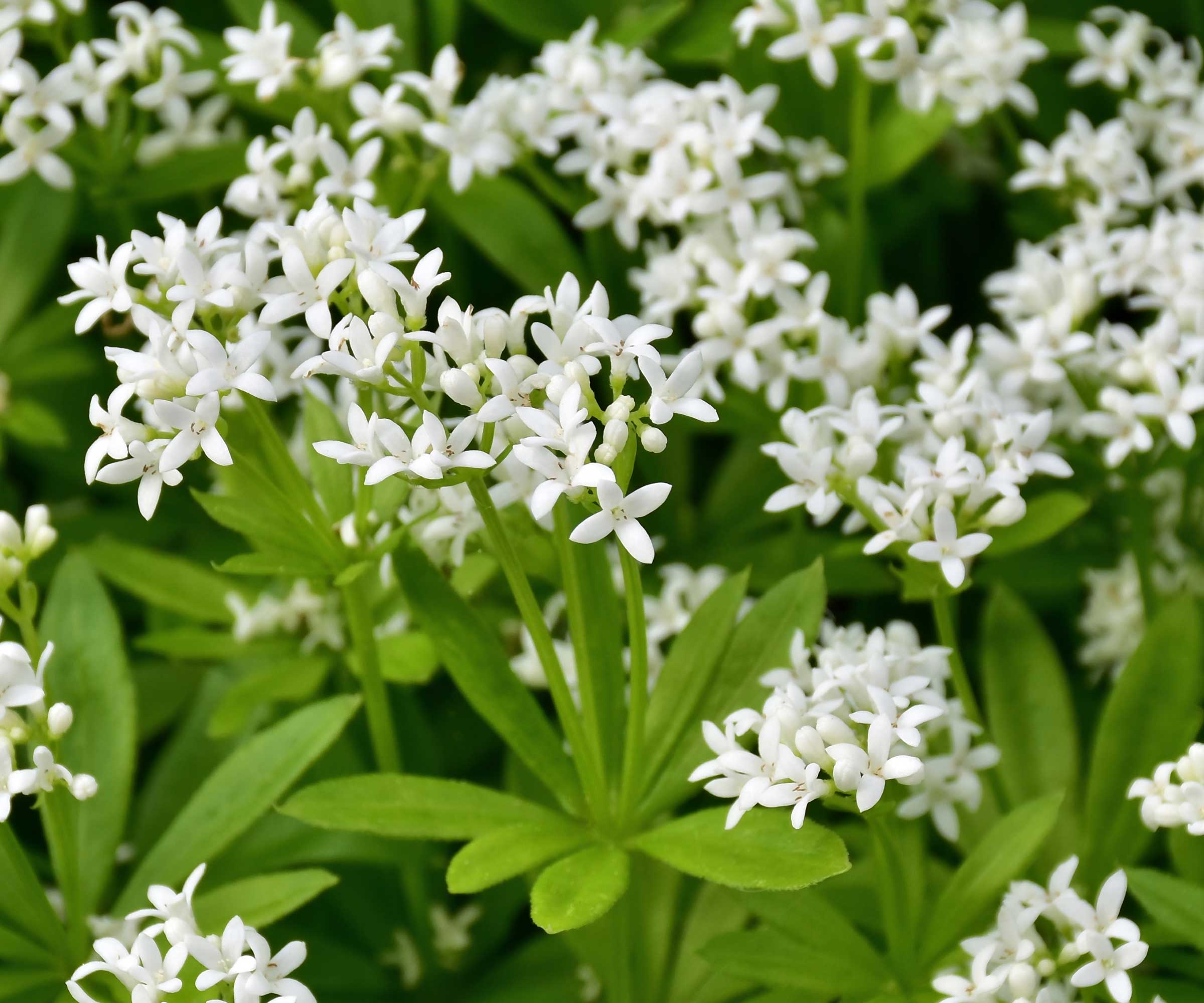
For covering bare soil in woodland gardens and other areas that don't get much sun, sweet woodruff (Galium odoratum) can be ideal. Justin highlights its lush green foliage, which is scented like freshly mown hay, and clusters of white flowers in mid-spring. These blooms are fragrant, too.
'This ground cover is generally considered deer- and rabbit-resistant, though it’s not drought tolerant,' he says.
'It’s a useful plant for moist, shaded spots where you can’t get lawn grasses to grow. A single plant can spread some 18 inches across and may grow 12 inches tall, but it can be a fast spreader through seedlings and underground roots.' It's hardy in Zones 4-8.
FAQs
What are some fragrant ground cover plants for shade?
If you're looking for fragrant ground covers that grow well in shade, consider sweet woodruff, mentioned above. Or, try corydalis ‘Blackberry Wine’. Chuck says the latter has finely-cut blue-green leaves which provide a graceful backdrop for hundreds of fragrant, blackberry-wine-colored flowers that appear from early summer into fall. 'With its cascading, trailing habit, it is particularly striking as ground cover under shrubs,' he adds.
What are some fragrant evergreen ground cover plants?
Creeping rosemary, firewitch dianthus, and creeping thyme are evergreen ground covers in the right climate. You could also try creeping phlox (Phlox subulata) – Gail says its needle-like foliage can be used to cascade over walls, rock gardens, and across slopes, and that the spring flowers attract pollinators.
According to Nikki, you can grow star jasmine – a fragrant, fast-growing climber – as a ground cover, too. 'It thrives in full sun to partial shade and prefers well-draining, loamy soil,' she advises, adding that it's recommended to prune it after flowering to maintain shape and remove excess growth. You can buy star jasmine from Perfect Plants Nursery.
As well as ground covers, it's important to choose some taller-growing plants, for structure and beauty across different levels. If you're eager for more aromatic options, our guides on fragrant trees, fragrant shrubs, and fragrant privacy plants can all provide inspiration. And you may want to read up on the worst-smelling plants, too!







